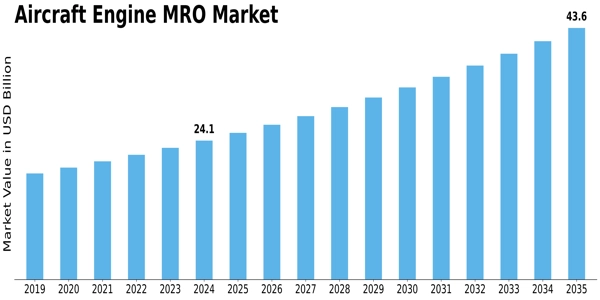A research lens helps unpack the underpinnings of the aircraft engine MRO market, scrutinizing players, value chains, and structural shifts.
Major Players & Competitive Positioning
Leading firms include GE Aviation, Rolls-Royce, Pratt & Whitney, Lufthansa Technik, Safran Aircraft Engines, SIA Engineering, ST Aerospace, Air France KLM Engineering & Maintenance, MTU Aero Engines, Delta TechOps.
These players compete on technical depth, global service network, OEM tie-ups, turnaround time, and service pricing.
Market Structure & Value Chain
- OEM vs. Independent MROs: OEM-affiliated MROs (e.g. GE, Rolls-Royce) often have inherent advantages in spare parts, proprietary knowledge, and data access. Independent MROs compete on cost, flexibility, and regional reach.
- Component vs. Full Engine Overhaul: Some service providers specialize in modules or parts; others provide end-to-end engine maintenance.
- Digital & Aftermarket Services: The emergence of engine health monitoring, predictive analytics, and MRO software is altering traditional repair models.
- Regional Hubs & Localisation: MRO players are strategically locating facilities near high-growth aviation markets (Asia, Middle East) to reduce cost and lead time.
Research Findings & Market Insights
- Turbine engines dominate share (~58%) due to their prevalence in commercial fleets.
- Fixed-wing aircraft dominate application (~73.5%) given their scale and usage in aviation.
- The civil aviation segment makes up ~75.9% of revenue — research suggests commercial demand is central to market health.
- Asia-Pacific is projected to lead, not only because of fleet growth but because of lower labor costs and rising local MRO capability.
- Among strategies, manufacturing locally (to reduce operations cost), entering into partnerships, and acquiring local MRO providers are common moves.
Research Gaps & MCQs
- How quickly will digital prognostics (predictive maintenance) cannibalize traditional overhaul revenue?
- Which regions will bear the brunt of regulatory pressure on emissions or alternative propulsion (e.g. hybrid/electric engines)?
- What is the sensitivity of MRO demand to fuel price volatility or airlines’ capex cycles?
This deep dive research outlook offers both strategic intelligence and cautionary notes for stakeholders in the aircraft engine MRO space.

